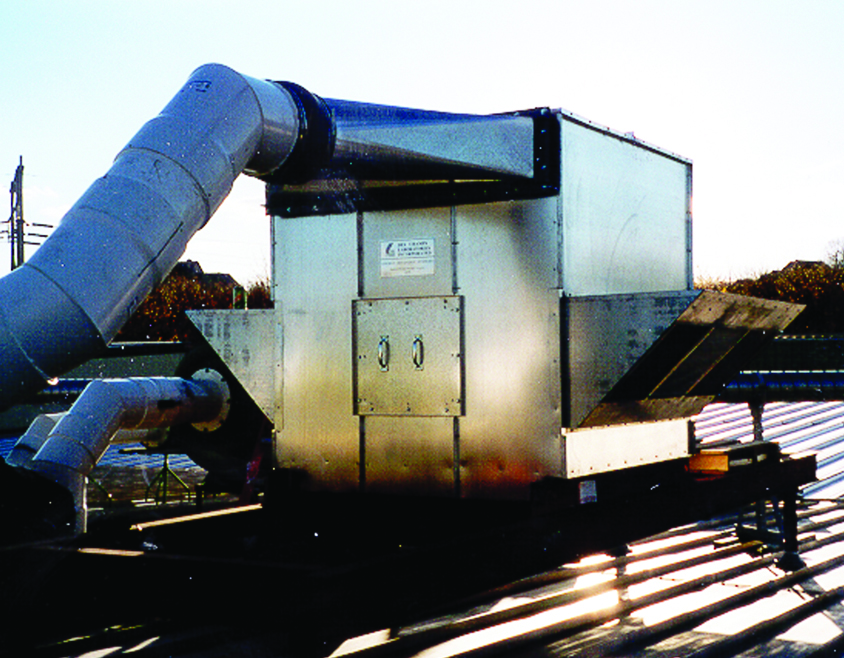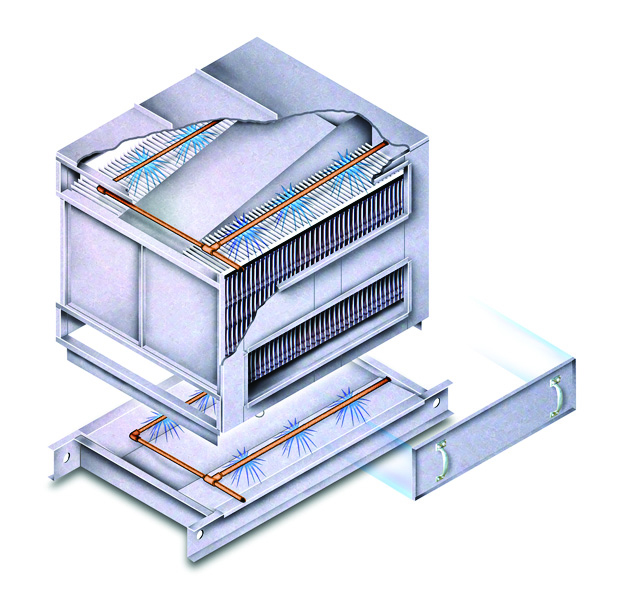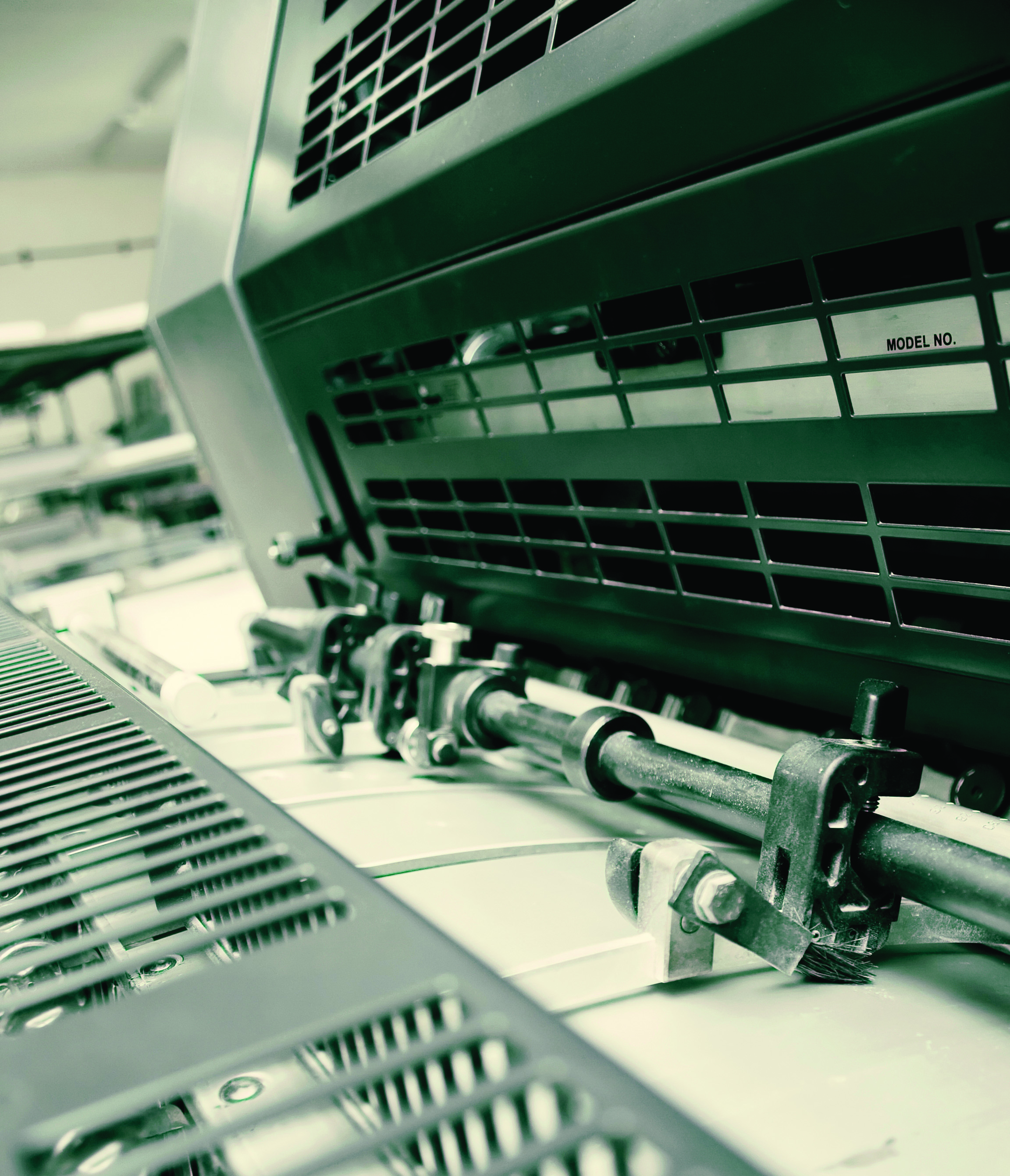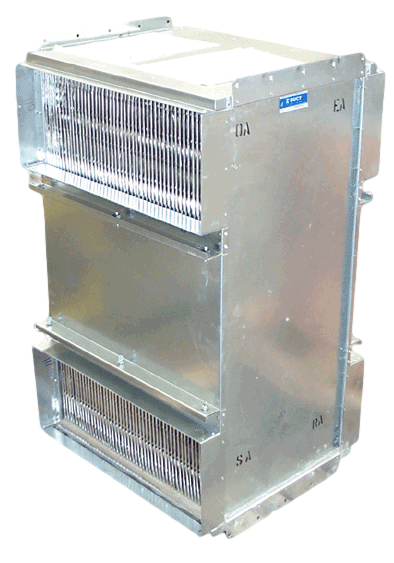A Wisconsin printer that uses flexographic printing equipment was experiencing air balance problems at their printing plant. Drafts and high energy bills were issues that needed to be addressed. Rather than simply addressing the air deficit with a traditional gas fired makeup unit, the agreed-upon solution was to capture much of the energy in the printer exhaust air stream with Munters air-to-air heat exchangers.
Snabbfakta
- Significant energy savings
- Improved production performance
- Reduced maintenance costs
- Minimized environmental impact
The Problem
The printing industry uses many different technologies to produce a wide variety of printed materials, such as magazines and product labels. From lithography and flexography to screen printing, varied printing processes share some common production and environmental challenges. One common challenge is energy use, maintenance of good indoor air quality, and year-round temperature and humidity control in the facility. The web presses required approximately 23,000 cubic feet per minute (cfm) of air to dry the ink on printed material at the Wisconsin plant. Air from the plant was drawn into the press and warmed by electric heaters to about 160°F, and finally exhausted outside. This wasted energy could have easily been captured to help increase production and profits.
The solution
Energy recovery technology like air-to-air heat exchangers has been used in the printing industry to improve production performance by reclaiming otherwise wasted energy. There were many benefits to using the Munters energy recovery system at the Wisconsin plant. Most importantly, the plant´s negative pressure problem was eliminated. Gas-fired heaters, needed to maintain plant temperatures, were shut down, reducing gas consumption and maintenance costs. A major part of the energy savings is due to the fact that the press electric heaters don´t have to operate as often. On a typical winter day, the heat recovery system raises the 32°F outside air to 98°F, and this treated air is supplied directly to the presses. Much of the outside air heating had been done with expensive electricity. More than $80,000 of annual energy savings make good economic sense. Environmental benefits and resource conservation are also major advantages.
Snabbfakta
- Significant energy savings
- Improved production performance
- Reduced maintenance costs
- Minimized environmental impact




